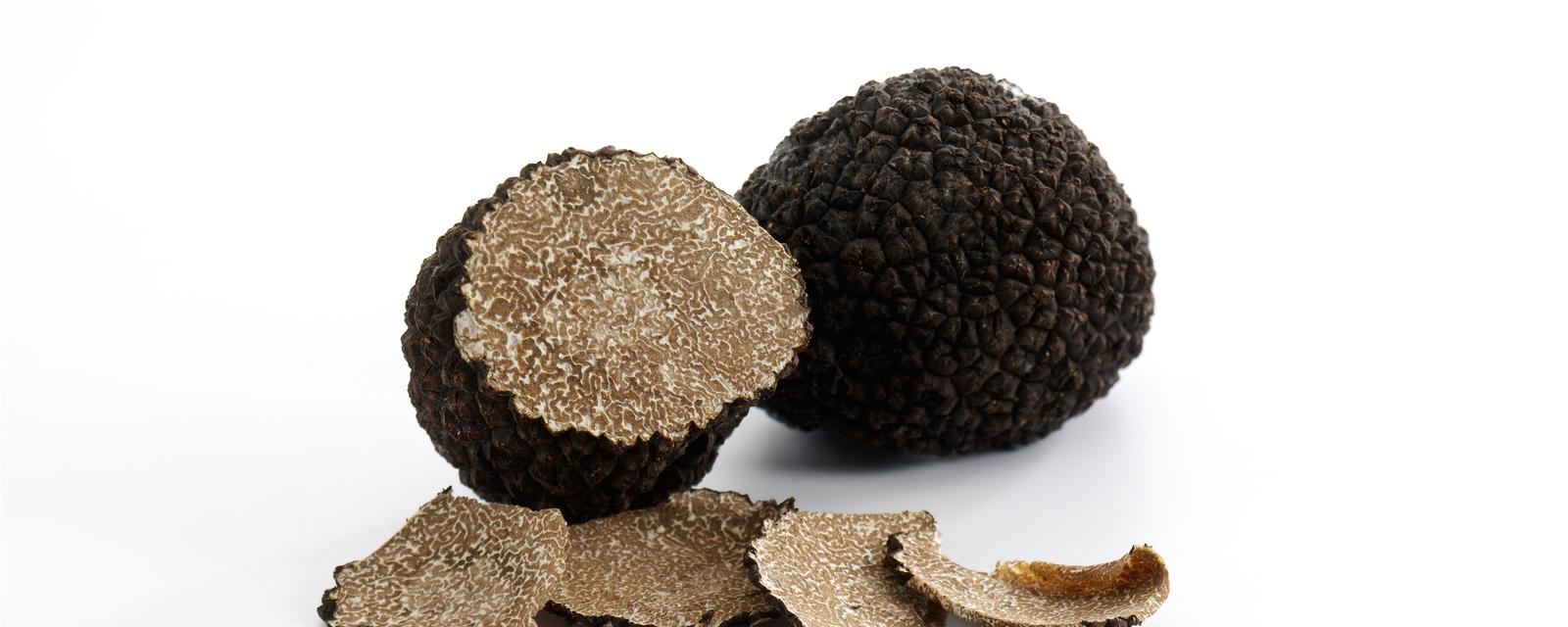Truffles make cannabis-like high
Truffles make cannabis-like high
The black truffle (Tuber melanosporum) contains anandamide.
by Nic Fleming (BBC)
[...] Mauro Maccarrone, of the Campus Bio-Medico University of Rome, Italy, and colleagues have revealed the highly-prized fungi produce anandamide, a compound that triggers the release of mood-enhancing chemicals in the human brain, and does so using the same biological mechanism as tetrahydrocannabinol (THC), the chemical responsible for producing the mind-bending effects of marijuana.
Maccarrone believes truffles use it to attract animals to eat their fruiting bodies, so that their spores are spread more widely and they have a better chance of reproducing.
Black truffles get their colour from dark melanin pigments. Research published by Maccarrone and his colleagues in 2012 showed that in humans melanin production is triggered by the release of anandamide. Some scientists call the compound the bliss molecule because of its role in mood, appetite, memory, pain, depression and fertility. Its name comes from “ananda”, the Sanskrit word for extreme delight or bliss. [...]
Truffles contain endocannabinoid metabolic enzymes and anandamide
by Mauro Maccarrone, Giovanni Pacioni, Cinzia Rapino, et al.
Phytochemistry, , Available online 26 November 2014,
doi:10.1016/j.phytochem.2014.11.012
Abstract
Truffles are the fruiting body of fungi, members of the Ascomycota phylum endowed with major gastronomic and commercial value. The development and maturation of their reproductive structure are dependent on melanin synthesis. Since anandamide, a prominent member of the endocannabinoid system (ECS), is responsible for melanin synthesis in normal human epidermal melanocytes, we thought that ECS might be present also in truffles. Here, we show the expression, at the transcriptional and translational levels, of most ECS components in the black truffle Tuber melanosporum Vittad. at maturation stage VI. Indeed, by means of molecular biology and immunochemical techniques, we found that truffles contain the major metabolic enzymes of the ECS, while they do not express the most relevant endocannabinoid-binding receptors. In addition, we measured anandamide content in truffles, at different maturation stages (from III to VI), through liquid chromatography–mass spectrometric analysis, whereas the other relevant endocannabinoid 2-arachidonoylglycerol was below the detection limit.
Overall, our unprecedented results suggest that anandamide and ECS metabolic enzymes have evolved earlier than endocannabinoid-binding receptors, and that anandamide might be an ancient attractant to truffle eaters, that are well-equipped with endocannabinoid-binding receptors.
http://www.researchgate.net/publication/269035055_Truffles_contain_endocannabinoid_metabolic_enzymes_and_anandamide

